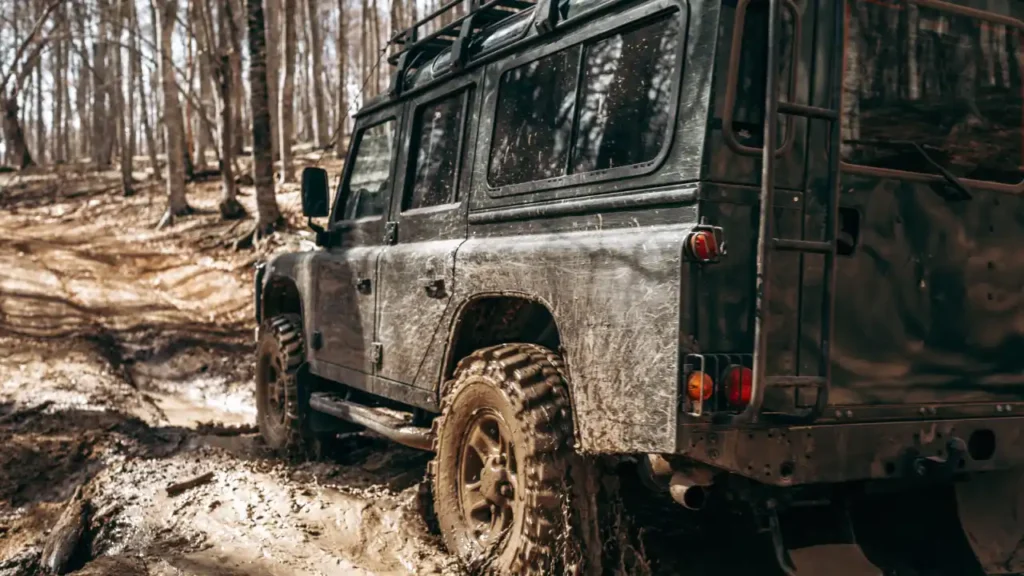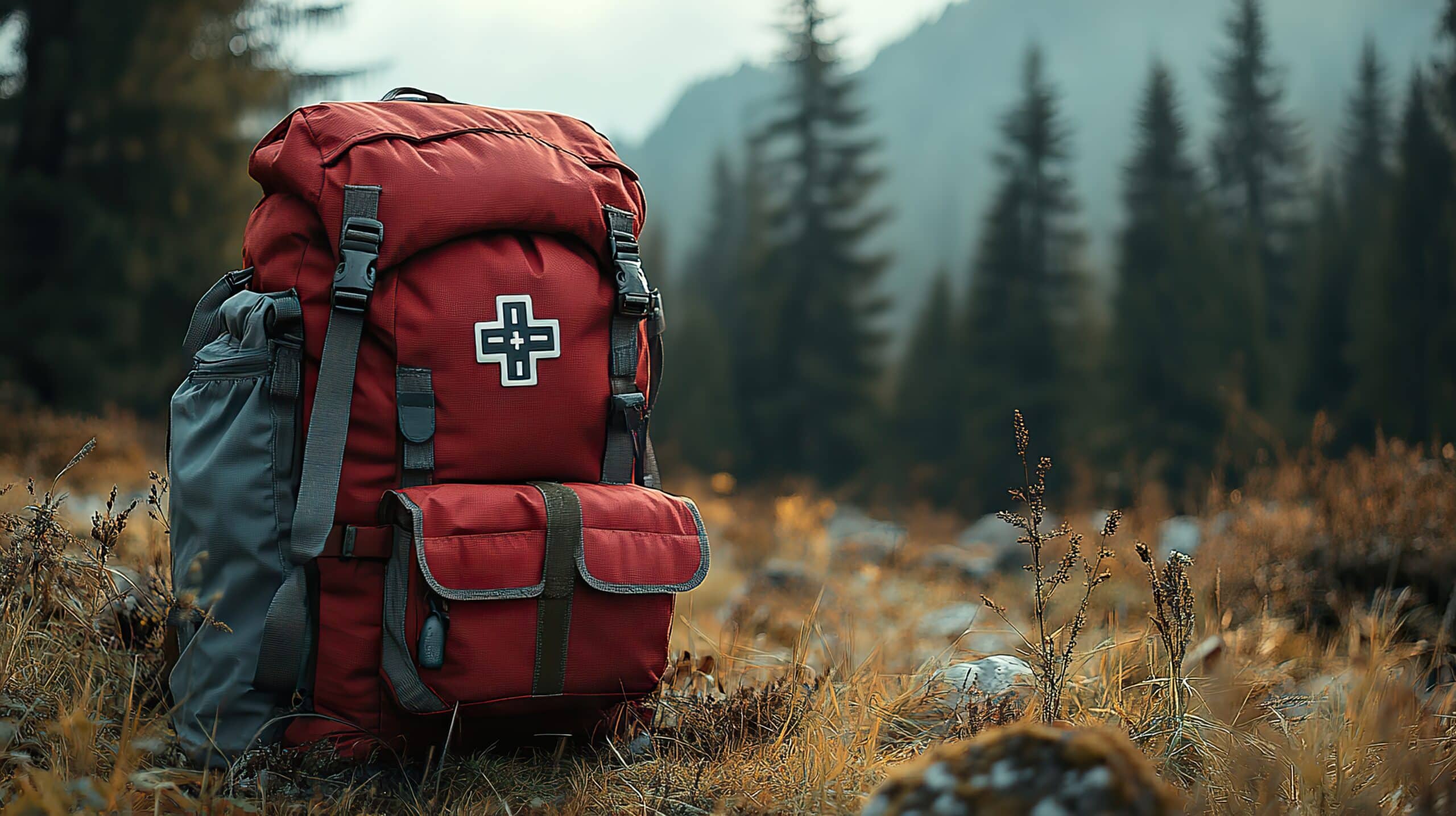
Free monthly entries to ALL giveaways
+1 every month
+5 every month
+10 every month
5%
125
150
350
100
100
50
Cancel membership anytime
Terms apply
apply

Written by
Admin
Published
August 20, 2024
Off-roading in Australia’s rugged landscapes can be an exhilarating experience for adventure enthusiasts. Whether tackling the dusty trails of the Outback or the rocky terrains of the High Country in Victoria, being prepared for emergencies is crucial. An effective emergency kit can be the difference between a temporary setback and a perilous situation. This guide will equip you with the knowledge to build an off-road emergency kit that will have you covered in most scenarios.
Every off-road vehicle should carry an essential emergency kit that is tailored to the environment you’ll be exploring. Here’s what you should include:
According to the 2020 Australian Off-Road Market Survey, over 90% of respondents considered communication devices essential for their trips. A reliable satellite phone or a high-frequency (HF) radio can be lifesavers in remote areas where mobile reception is non-existent. Moreover, always carry a GPS device and physical maps as a fail-safe for navigation.
Statistics show that at least 80% of off-roaders have been stuck at some point during their adventures. High-quality recovery straps, D-ring shackles, and a winch can assist in pulling your vehicle out of difficult situations. Furthermore, ensure your kit includes a shovel, recovery tracks, and a jack suitable for your vehicle’s weight.
Accidents happen, and when they do, a well-stocked first-aid kit can provide immediate assistance. Your kit should contain bandages, antiseptic wipes, burn creams, splints, and an instructional first-aid manual, at the very least. Keep in mind to regularly check and replenish your kit.
A one-size-fits-all approach to an off-road emergency kit may not suffice. In the wet tropics of Queensland, you might face torrential rains and flooding, whereas the central deserts demand protection from extreme heat. It’s important to adapt your kit to the climate:
In hot and arid regions, carrying an ample water supply is paramount. Experts recommend a minimum of 5 litres per person per day. Equally important are sun protection measures like sunscreen, wide-brimmed hats, and lightweight long-sleeved clothing.
For those traversing colder regions, hypothermia is a real threat. Always carry thermal blankets, additional clothing layers, waterproof matches, and a folding stove. In snowy conditions, also include tire chains and a snow shovel.
Your off-road emergency kit should be personalized based on your vehicle, the trip’s duration, the number of people involved, and any specific medical needs. Extras like a tyre repair kit, spare fuel, additional fuses, headlamp bulbs, and engine oils should not be overlooked. According to the 4WD Touring Australia stats, nearly 70% of roadside repairs among off-roaders involve tyre or electrical issues.
Lastly, consider training. While having the right tools is essential, knowing how to use them can make a critical difference. Emergency first-aid courses, vehicle recovery workshops, and mechanical repair classes can significantly enhance your ability to handle unforeseen situations.
In conclusion, your off-road emergency kit should be as robust as your spirit for adventure. With the right preparation and knowledge, you’ll not only enjoy your off-roading experience more but will also be ready to face the challenges that come with the terrain.